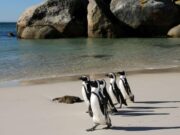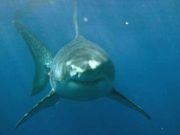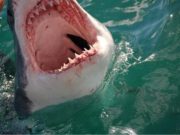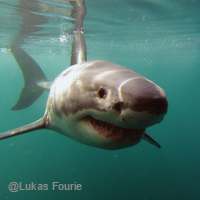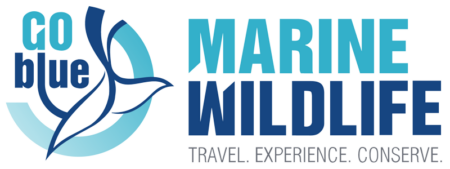Science
Cheerful and chirpy Oystercatchers
The Oyster-catcher ( AFR: Swattobie) is one of those birds that cannot be confused with any of its neighbours, for its brilliant black...
The Argonaut or the Paper Nautilus.
Amongst tidal debris there sometimes appears a thin papery shell, bearing on its white surface a ribbed pattern like that which shore currents...
The Great Benguela Current
Ocean Currents
The sea is subject to the transport of enormous masses of water moving continuously in one set direction. These large ‘rivers’ of...
Elusive leopard kill 33 penguins at Stony Point
Betties Bays’ elusive but well-loved leopard created havoc at the African penguin colony at Stony Point last week. Social media buzzed with excitement...
Why you should care about whale poo
At the turn of the century the Cape Whale Coast as it is known today, has played home to abundant enough whale species...
Marine Tourism
Beached dead whales can alter the ocean’s carbon footprint
Decades of whaling and fishing for the largest species have altered the ability of oceans to store and sequester carbon.
An individual whale contains...
Fryer’s Cove wines… sipping the sea on the West Coast
Tasting the wine..On the waterfront in a derelict old crayfish factory right at the seaside in the bay, you will find a tiny...
Red Tide, Blue Tide: Bioluminescence in the Ocean
Red tides, which often contain harmful algal blooms , are caused by chemical reactions that occur between algae and other substances.
Red by day, blue...
How do remoras stick to their host?
Remoras, also known as sharksuckers or suckerfish, are famous for their ability to hitch rides on larger fish and marine mammals by means...
Teeth or bristles
Cetaceans divide into two groups in the manner they catch their food using teeth or bristles
Most cetaceans have triangular teeth and feed on...
